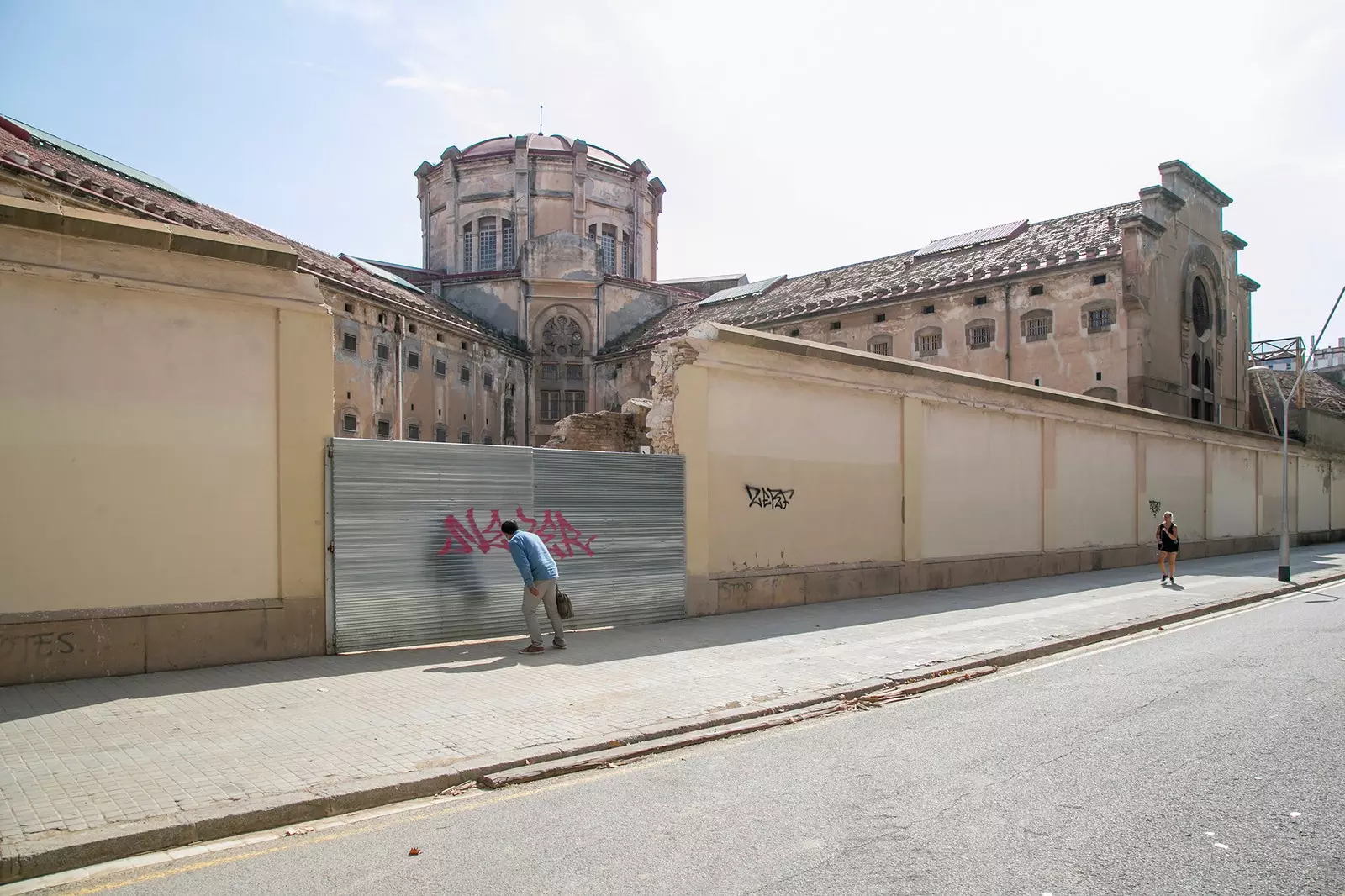
The catalog is extensive for morbid seekers and it is not necessary to go far for a good tasting
The arms of black tourism reach even unsuspected points at times. Visiting places on the planet where there has been death, terror and suffering is one of those experiences in life that always generate curiosity, a little discomfort, fear and a taste that does not know how to explain very well where it comes from, but there it is.
Cities abandoned due to war, natural or nuclear disasters, concentration camps, cemeteries, museums where pain and suffering are the common thread of the visit, ancient ruins where ghostly beings or ancient prisons are said to inhabit. The catalog is extensive for morbid seekers and it is not necessary to go far for a good tasting.
The Barcelona Model It is one of the Spanish prisons that today we can visit and get to know from the inside.
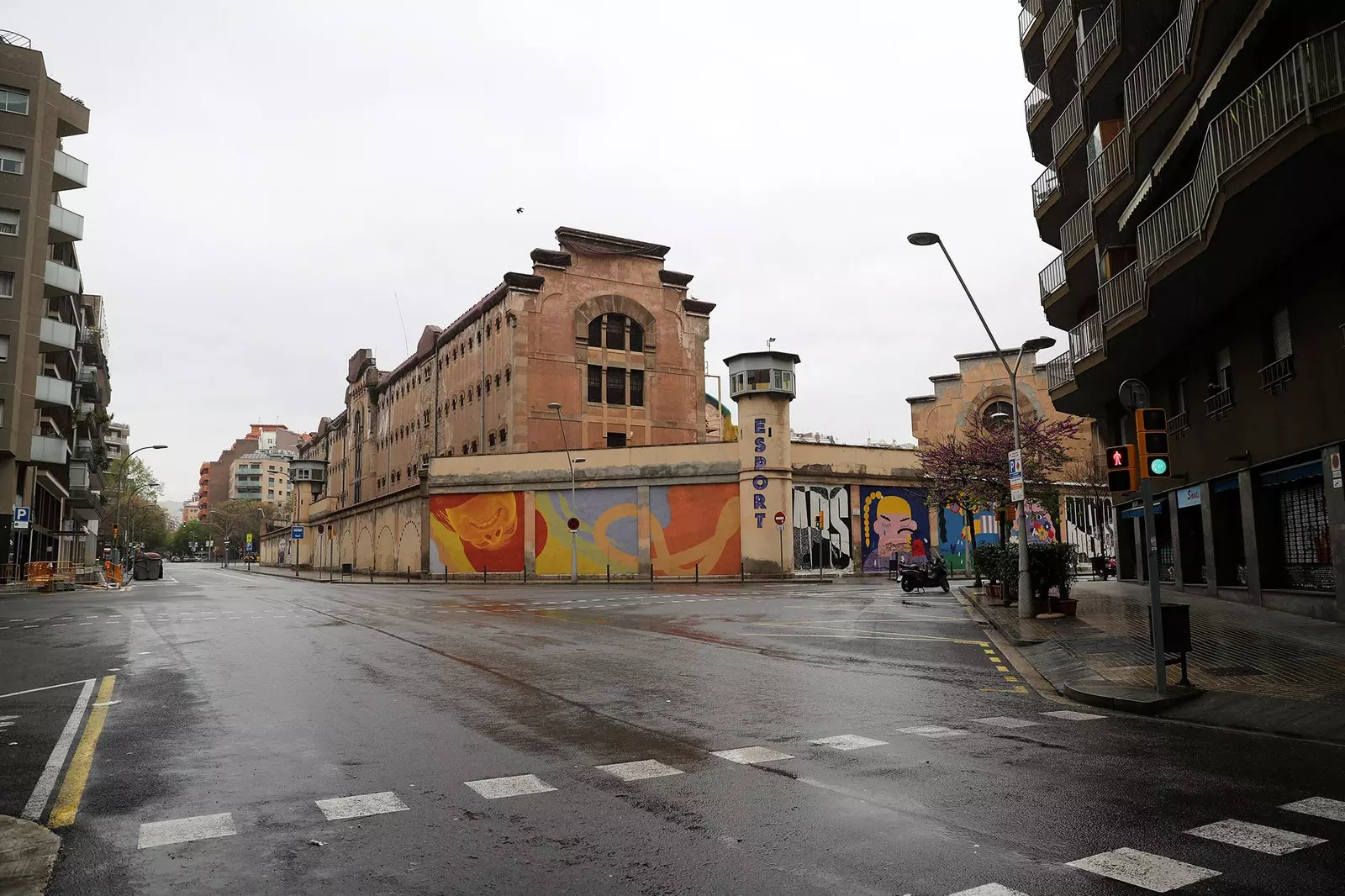
La Modelo de Barcelona is one of the Spanish prisons that we can visit today and get to know from the inside
In a cantonada (corner), among the Barcelona women streets of Roselló and Nicaragua, In an old watchtower, a huge vertical and red graffiti claims with precious letters a single word: "Memory". There are many other examples of urban art decorating the thick walls of the controversial prison La Modelo, however, almost everything that remains of it relates directly to that, to memory.
A prison is a terrible world. An underworld. A place no one would want to end up in if it's behind bars. Now, with the rise of black tourism and interest in the unknown part of cities, too, it has become a claim to discover the hidden and gloomy face of our history.
The model jail it was 113 years in operation. It opened in June 1904 and, while he was active, he was a symbol and testimony of prison life in this country. In the year 2017, her last prisoners abandoned her and the prison closed its doors to open its cells to those who wanted to enter as visitors.
It is 2020 and the groups of people who enter and leave their modules and gallery are now accompanied by an expert guide who narrates stories, details and curiosities of the building and its inhabitants. The masks covering part of the face give, in this prison context, a certain bandit air.
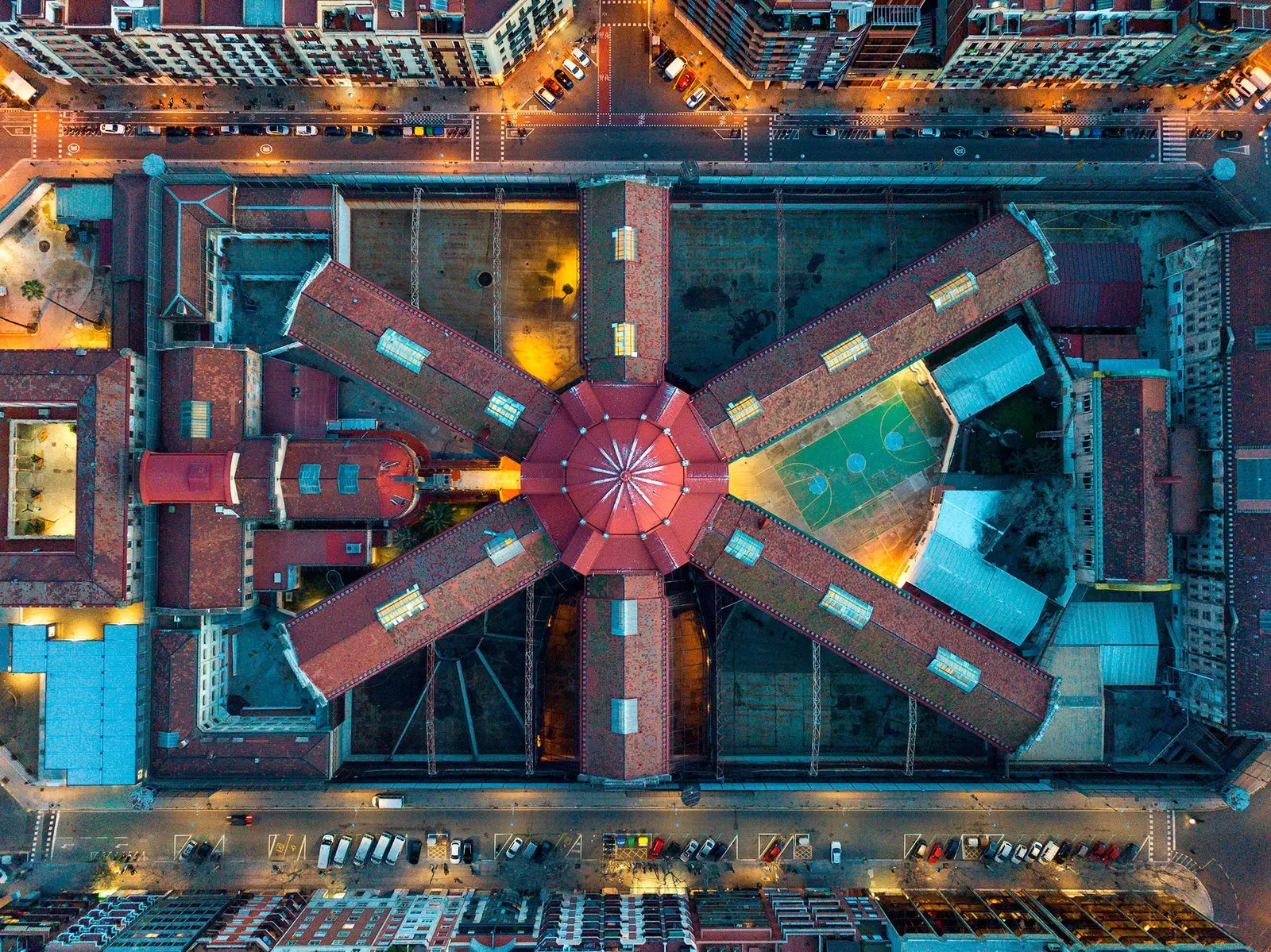
For its construction, the panoptic model was followed.
The Model was raised with a very simple idea: be an exemplary prison. Hence its obvious name. Those who built it, between 1881 and 1904, did so inspired by the theories of redemption of the British philosopher and jurist Jeremy Bentham, who tried to get prisoners to redeem themselves through the teachings of religion and morality.
This benefactor regimen consisted of that the inmate was alone, practically, all day. And for this purpose the prison was erected following the model of Bentham, known as panopticon: a building built in a circular shape, with a central tower with the cells arranged in such a way that no prisoner could speak or see another, but, at the same time, that everyone felt subdued and observed. They could be watched without knowing they were. George Orwell's Big Brother.
"Inside the prison, nothing belongs to you." From the moment a person crossed the third gate, his previous life stopped and he became part of another reality with its own rules. The recluse was dispossessed of everything he had except his own company.
The building was designed in one end of the Eixample, uninhabited and occupied by farmland, but throughout the 20th century, Barcelona grew and La Modelo became a world apart within the city.
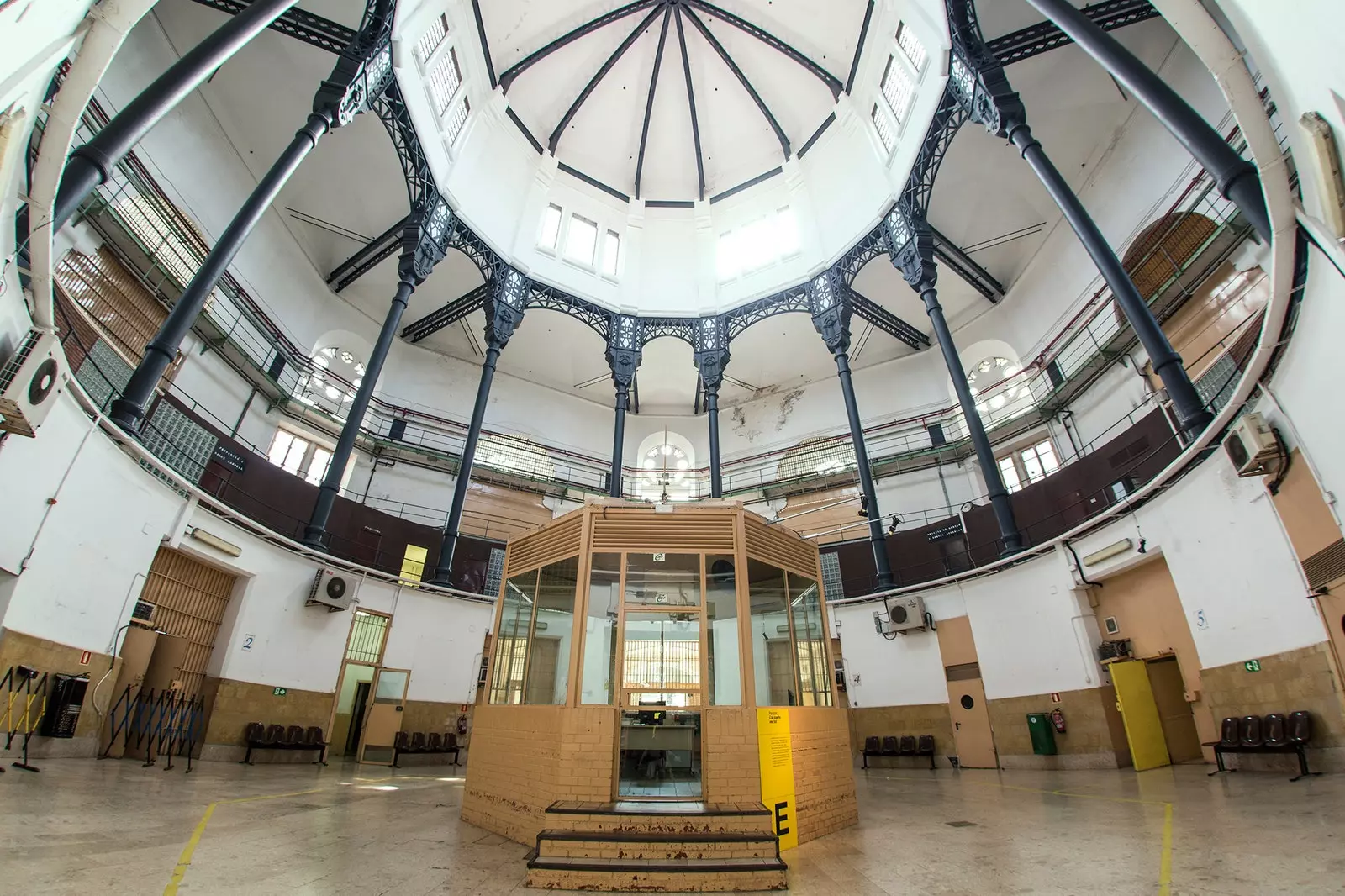
The objective was that the prisoners could not see each other, but that they felt observed and watched at all times
Since its inception, the ironclad morality that prevailed there, he considered homosexuals and transsexuals as people who needed to be re-educated. They were seen as a social danger and, with the tightening of the Law of vagrants and thugs, They were considered criminals. Many ended up imprisoned and confined in the first gallery of La Modelo.
With the triumph of Francoism, after the Civil War, the prison also housed thousands of political prisoners, especially during the 1940s. So much so that, despite the fact that the initial project conceived of each cell as a space occupied by a single inmate, they came to live in them between 14 and 16 men. Many of them ended up being transferred to Montjuïc or Camp de la Bota to be shot. Also within its walls there were garrote executions. In its long century of operation, Personalities such as Lluís Companys, Francesc Ferrer i Guàrdia, Salvador Puig Antich or El Vaquilla passed through it.
Juan José Moreno Cuenca, known as El Vaquilla, He appeared as a prison hero, he took his stand against the prison system, against repression and in search of the freedoms that he understood as such. His were the wild years of La Modelo, when overcrowding, violence, heroin, needles and HIV made the 80s a dark and terrible time for those who lived behind bars.
According to Eva Jové, the guide who leads us through the prison galleries, The situation of La Modelo was deplorable and of absolute misgovernment. The drug entered the center in any way and was consumed in any way. It became 'the only thing'. something that led to the Heroin Mutiny, in 1984, and which was led by El Vaquilla. Among the demands presented, two stood out: to be supplied with heroin and the possibility of expressing their requests and complaints through a live radio station. They got both.
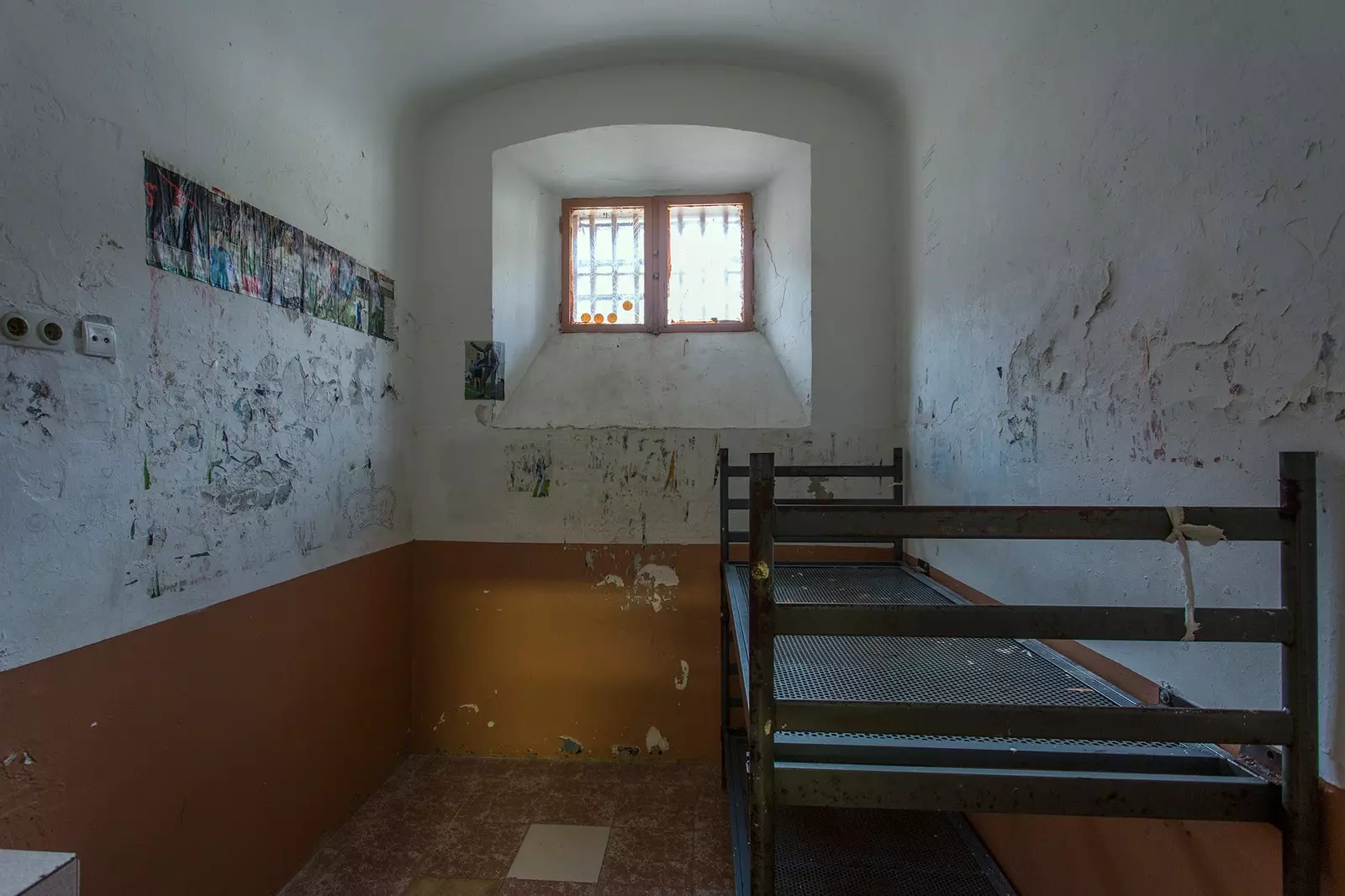
Although the cells were designed to house a prisoner, during the first years of the Franco regime they had more than 10
The Barcelona Model it had capacity for 675 prisoners. In the year 1987, there was more than 2,000 inmates who lived agglomerated in tiny cells and who attested to the prison overcrowding. During the tour we looked at some of them, small dwellings that today could well be advertised on housing rental platforms at exorbitant prices. Now, half-naked and with some marks of the passage of life on their walls, it is hard to imagine the stories they could tell. That "oh, if the walls could talk".
At one point during the visit, Eva stops in front of cell 443 and tells us about Salvador Puig Antich. The young man was from the first day in the fifth gallery, was that of protection and isolation, but also that of those sentenced to death. He tells us about his history, how he got there, how he asked for his pardon, how he didn't get there and how he became in the last executed by vile club. Eva looks at all of us, the youngest, who a few minutes ago were photographing themselves holding on to the bars of the cell, now they raise their eyebrows in an attitude of surprise, the others lower their eyes. We have learned to read our eyes.
Those spaces where so many prisoners suffered their faults -or not so faults-, today, they are being returned to citizenship. not only with musealization, but with recovery projects. “Model, bat!” It is the winning plan of the competition carried out by the Barcelona City Council for the urbanization of the surroundings and which conceives the center of the panopticon of the old prison as the axis of the routes.
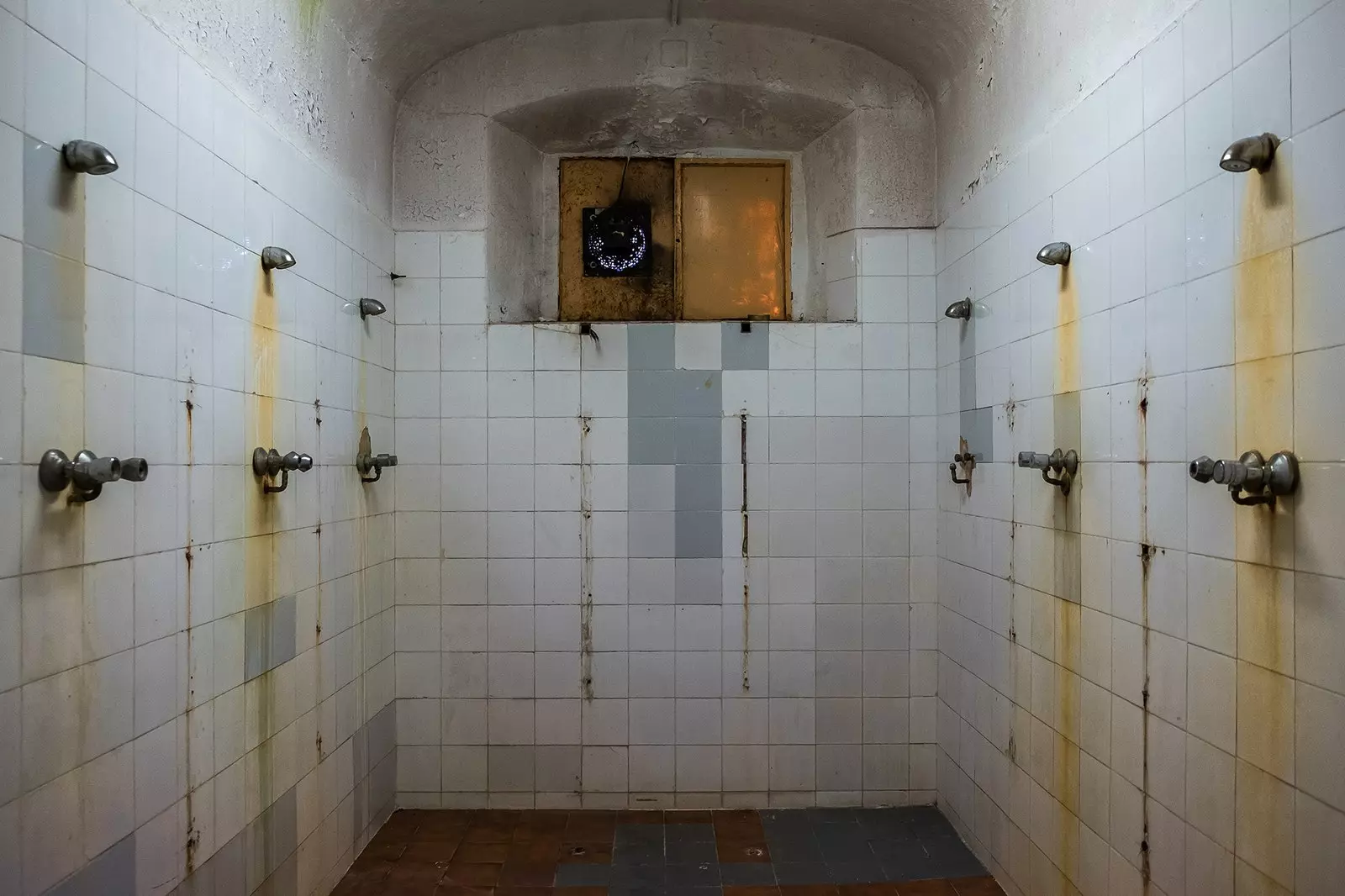
The Barcelona Model had a capacity for 675 prisoners. In the year 1987, there were more than 2,000 inmates
There will be 14,150 square meters for the construction of 140 homes, who will be in the arms of the panopticon. It will also feature an open urban park and connected to Rosselló and Provença streets. There are several public facilities that will be enabled on the ground: a memorial space, an institute-school, a nursery school, a residential facility, a sports pavilion, a space for young people and for the social and solidarity economy, and an environmental classroom.
The visit ends and there is still the main course. Next to our exit door, the parcel room where Salvador Puig Antich was allowed to breathe for the last time. Right in a box with missing tiles the vile club was located and, now, a small corner of homage. There are flowers and visitors contemplate the exact spot in silence. Before entering, Eva tells us about it again and she gets emotional doing it. We have learned to read our eyes even if they are hidden behind glass. She swallows hard and apologizes to us. I want to hug her, but it's 2020.
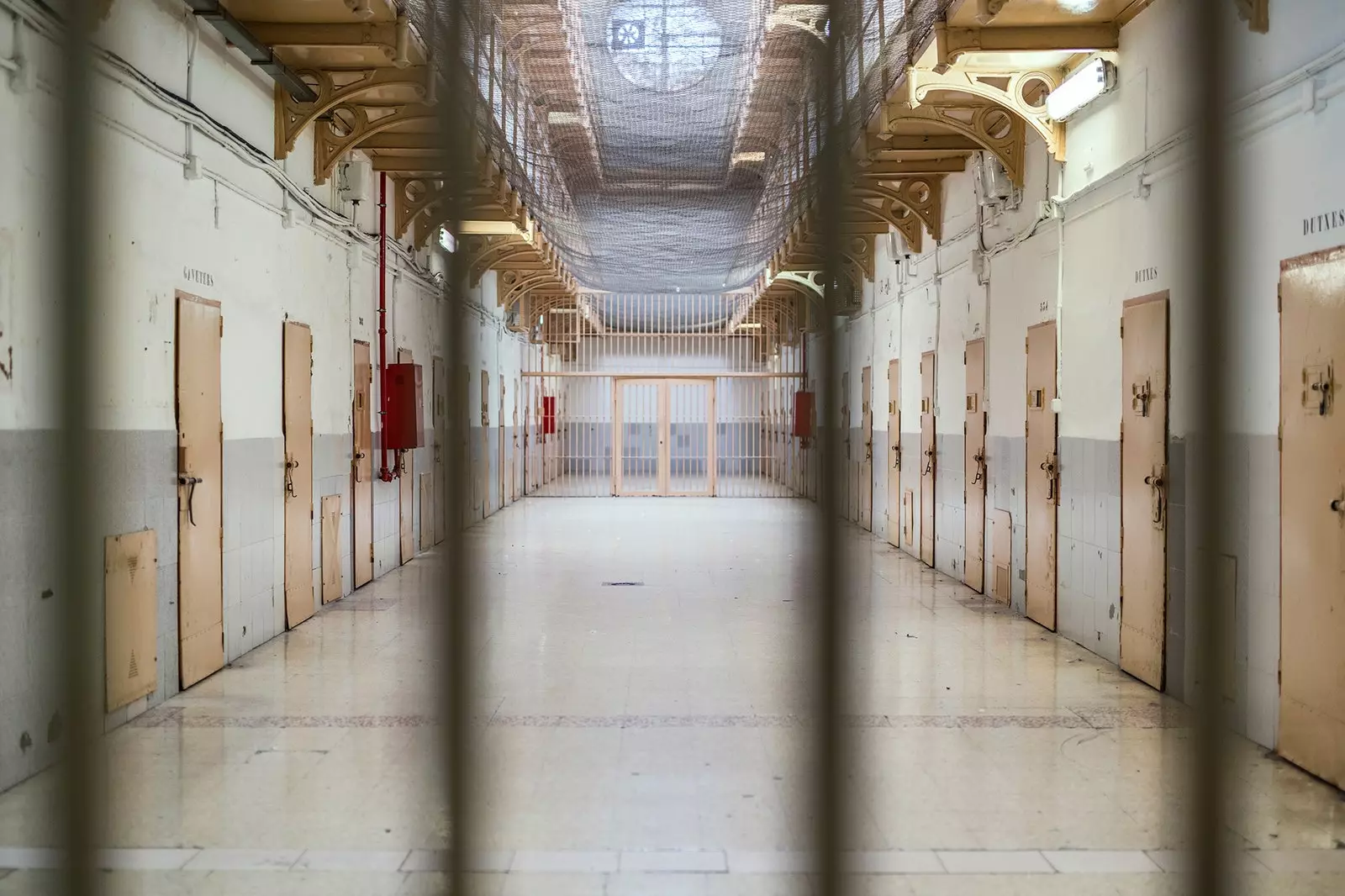
Visit to La Modelo in Barcelona: when we wanted to go to jail
